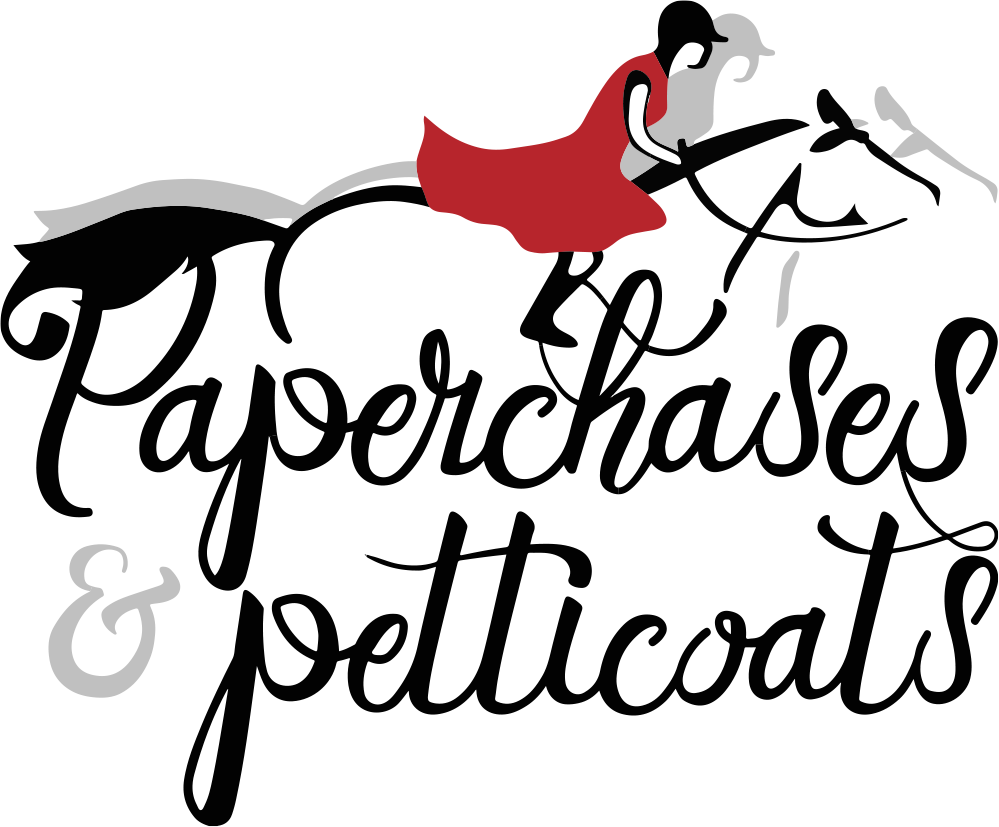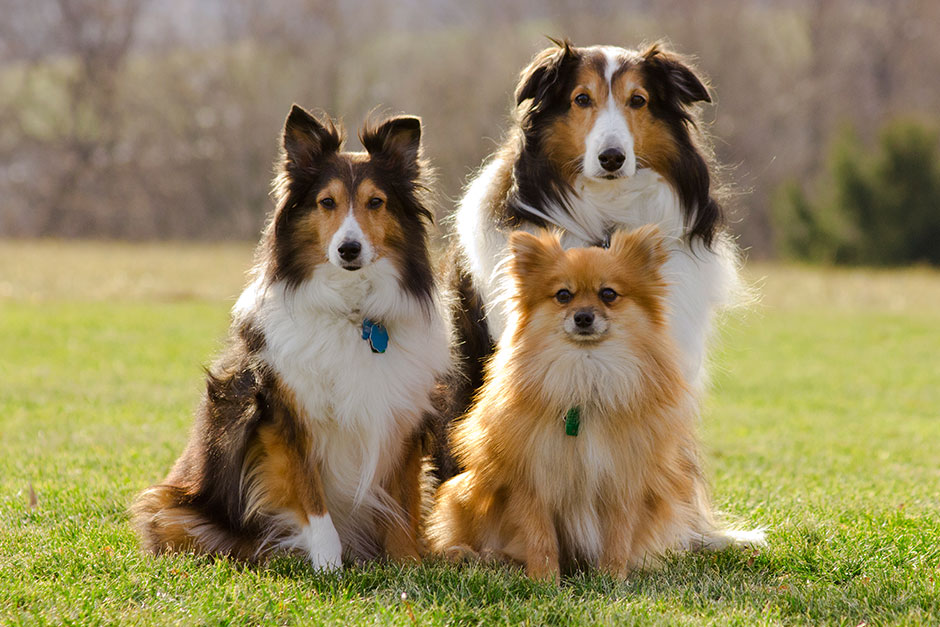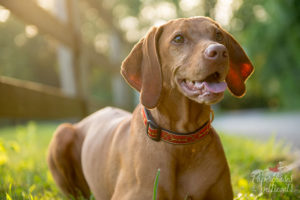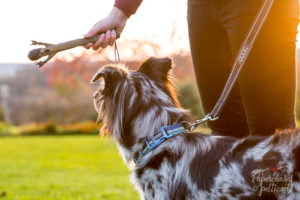Here at Paperchases & Petticoats, we have a special place in our hearts for dogs. However, photographing our pets, fur babies, critters, four-legged friends is no easy task. They’re unpredictable and have no interest in our desire to capture their good side. That’s why we’re sharing our top 9 essential dog photography tips.
Soon you’ll be capturing amazing photos of Fido, worthy of hanging on the mantle next to pics of the grandparents!
-
- Connect with Your Dog

The recipe for good pet portraiture entails more than just gear. It starts with conveying the character of your pet and you know your dog better than anyone–if he’s lazy, show him yawning; or if he’s more playful, show him performing his favorite trick (or lack thereof). Working off of your pooch’s usual behaviors makes them more likely to cooperate, resulting in the best possible photographs. - Schedule Your Session and Be Patient

Make sure you have a solid plan for shoot day and set realistic expectations. This may seem like a no-brainer, but pet photography requires a heavy dose of patience (I’ll take 5ccs in the neck, please). Practice photographing your dog often so that both of you get used to the process. I also like to search for inspiration on the internet by viewing the work of other pet photographers to get the creative juices flowing. - Be Aware of the Lighting and Environment

Use natural light when possible, considering the time of day and direction of the sun. Early morning and mid to late evening are best, as midday sunlight and shadows are too harsh. Overcast weather is also a great option as it offers softer lighting. You can achieve different looks depending on how you use the sun. One option is to face your dog towards the sun, defining his or her features. Another completely different look is to use the sun as a backlight, making your pet’s fur glow!You’ll probably need a flash indoors. Try swiveling an off-camera flash toward the ceiling to bounce the light for a more natural-looking shot. Another solution is shooting in a well lit room by a large window. - Watch the Dynamics of Your Camera and Lens

Put on that long lens and fill the frame with your pet’s face and fur–close up shots often make beautiful pet portraits. Also be mindful of busy backgrounds which may distract viewers from the main focus. Simple backgrounds like green trees make your dog stand out… unless you have a green dog. - It’s all about the Eyes

As the saying goes, “eyes are the window to the soul.” Pets eyes can be very expressive, so having sharp eyes is important in any kind of portrait photography. - Get Down on your dog’s Level

Hunker down and take pictures from a lower perspective, making your photos feel more intimate. It’s very important that your pet feels at ease, so instead of forcing him to come to you, go to him. - Camera Settings: Watch Your Shutter Speed

Fact: dogs like to move around. A faster shutter speed will help overcome this challenge, but it also comes at a cost, allowing less light caught by the lens. Outdoor photos with fast shutter speeds make for beautiful portraits, but indoors (with low light) you’re at a bit of a disadvantage. - Shoot in Raw Format

Shooting raw brings with it a larger file size and added complexity of specialized photo editing software (Photoshop is my jam), but it retains more information in the captured image. This is especially beneficial if you plan on making adjustments to exposure, contrast, color and more. With the JPEG format, the original file is compressed before saving it to your memory card. This format is still a great choice if you don’t expect to editing your pictures. - Get Creative And Playful

Try different approaches, angles and compositions. Don’t get caught up on perfection. Shoot a lot–the more you take, the better your chances will be of getting a few amazing shots.
- Connect with Your Dog
Our Must-Have Gear
BODY
Just about any modern DSLR will give you a great image.
LENSES
Telephoto lenses (I personally stick with something above 100mm) will give you the best results in most cases: a pleasing out of focus background without any barrel distortion on your pet’s face. A wide-angle lens can be less flattering, making your dog’s snout appear larger, unless that’s what you’re going for. While not great for head shots, they’re perfect for environmental portraits.



